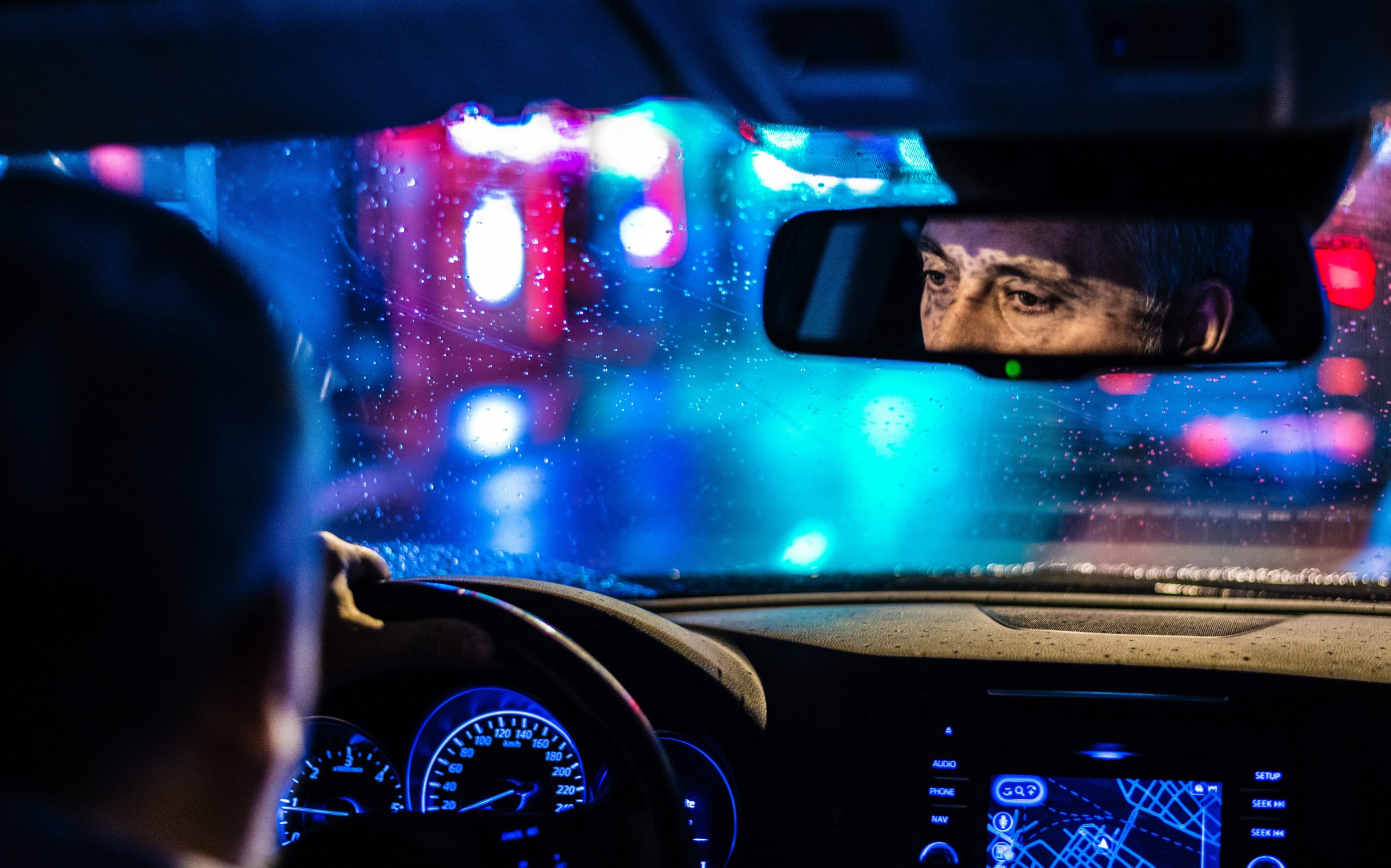
In December of last year, Uber released a Car Share Safety report on where they disclosed that more than 3,000 sexual assaults were reported last year on US car-share rides. The report was released after increased scrutiny over their safety practices, an issue that Uber has made its focus.
Among the assaults reported in 2018, there were 235 reported rapes and more than 1,500 cases of non-consensual kissing, touching, or attempted rape experienced by riders and drivers. Most of those who experienced sexual assault were riders and nearly 90 percent were women. Read the full report here.

Ride-share services will likely be part of our daily commutes now that it’s available in BC, here are some tips to increase car share safety.
Check the car and driver
Start with the basics. Check and double check the make, model, and color of the vehicle you should be getting into, and ensure that you can identify the license plate. As an added precaution, up your game by matching the driver’s name and photo.
Make them identify you
Ask “What’s my name?” or “Who are you here to pick up?” Making your driver identify you first is important to make sure you’re with the right driver. Check their photo on the app as well, this will help identify if you have the right person.
Map the route
This is helpful if you’re in a new part of town or a city you’re not familiar with. Enter the address in google maps this way you will have a better sense of which route you’re on, as well as major landmarks or road names along the way. If you feel your route is getting too far off track and a few points of interest to you should tell someone where you are.
Sit in the back seat
Sitting in the back seat gives you more room if you need to quickly get out of the car and allows you to see your driver and have view of what’s going on in the car. It’s easy to zone out while in the car but try to stay relatively alert to your surroundings.
Use the notification features
Share live updates on your trip with people you trust. Most ride-sharing apps let you share information about your trip with friends/family, including who your driver is, where you’re going and when you’re expected to arrive.
Share your experience
Feedback will help keep ride shares safe. If you’ve had a bad experience that left you feeling unsafe, it’s important to share and document it. Ride-shares are reliant on people feeling like they can safely be in a stranger’s car, so they are likely to be responsive to feedback on these issues.
Keep your phone in your hand
This will make it quick and easy to call for help if needed and saves you time from having to look through your bag or pockets for your phone.
Trust yourself
If your gut tells you something is wrong, listen to it, we usually know if something doesn’t feel right.




